Cats are often considered mysterious creatures, their actions sometimes baffling even the most seasoned of feline enthusiasts. However, beneath their enigmatic exterior lies a world of emotions and bonds, especially with those they trust and love. Understanding these behaviors can open a window into the heart of your furry companion, allowing a deeper connection that transcends mere companionship. Dive into the following signs that your feline friend feels a strong emotional bond with you.
1. Purring with Contentment
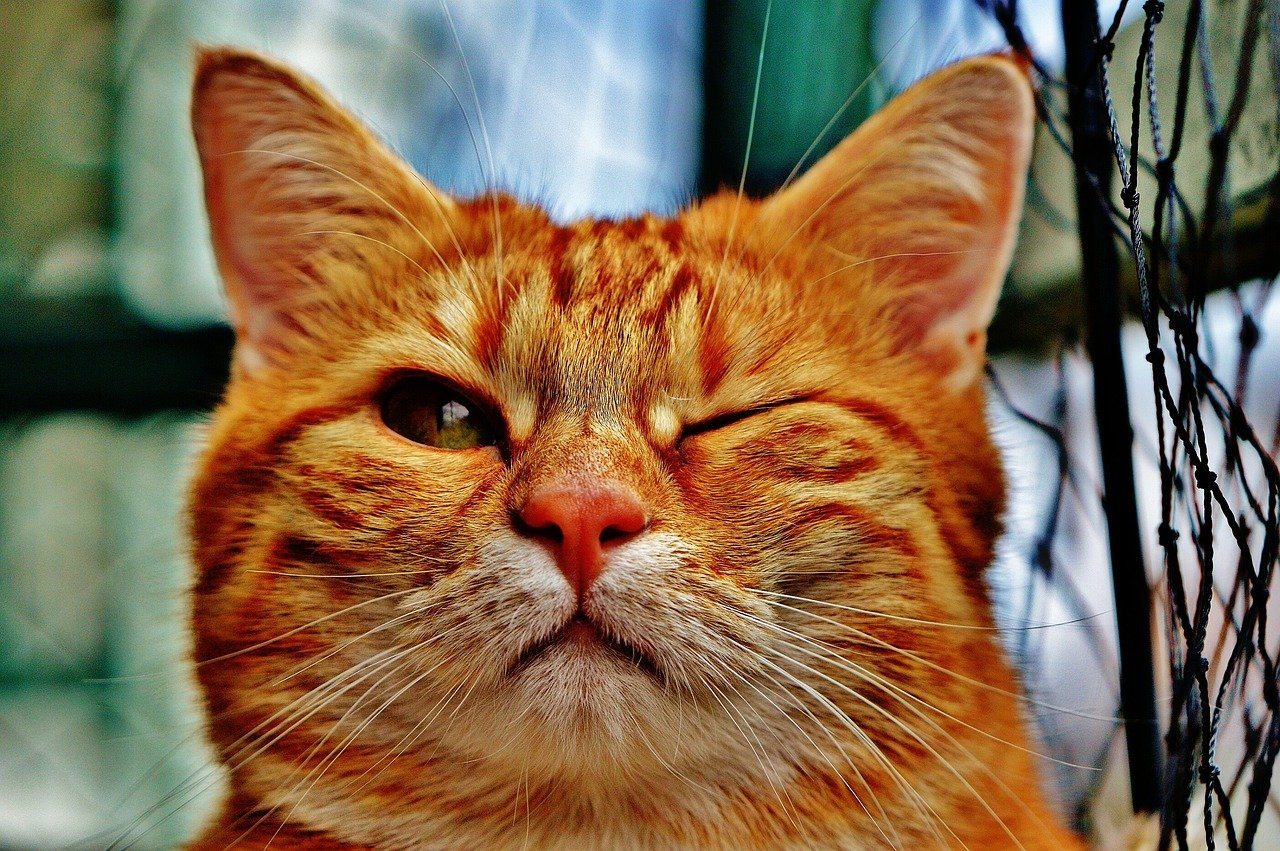
Purring is often the first behavior people associate with a happy cat. When your feline friend curls up next to you and begins to purr, it’s a clear sign they feel safe and content in your presence. Think of it as a cat’s version of a human smile. However, it’s essential to note that not all purring indicates happiness; sometimes, cats purr when they are in discomfort. But if your cat is relaxed and snuggly, it’s safe to say the purring is a testament to their affection for you.
2. Head-Butting and Cheek Rubbing
When a cat head-butts you, it might seem peculiar, but it’s actually a high compliment. This behavior is called “bunting” and is a cat’s way of marking you with their scent glands located on their head. Cheek rubbing serves the same purpose, signifying that they consider you part of their territory, or more affectionately, part of their family. It’s their way of saying, “You belong with me.”
3. Slow Blinking
Cats communicate a lot through their eyes, and slow blinking is a gesture of trust and affection. When your cat looks at you and slowly closes and opens their eyes, they’re showing they feel safe enough to let their guard down. You can reciprocate this gesture by slowly blinking back, creating a silent bond of mutual trust and understanding. It’s often referred to as a “cat kiss.”
4. Kneading with Their Paws
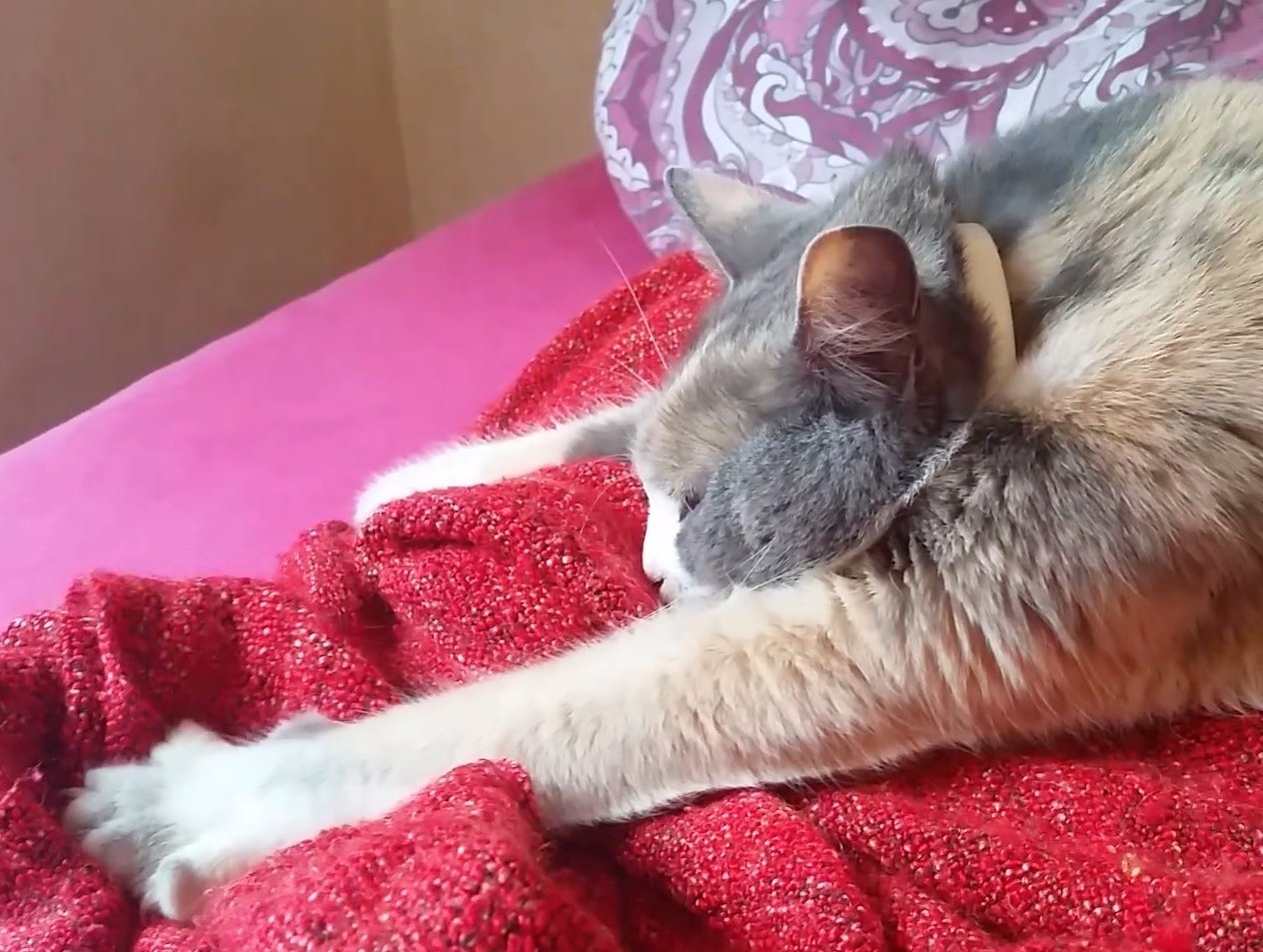
Kneading, often called “making biscuits,” is a behavior cats exhibit from kittenhood. When adult cats knead, especially when perched on your lap, it’s a sign of affection and comfort. This behavior harkens back to their days as kittens when they would knead their mothers to stimulate milk flow. So, when they knead you, they’re expressing a deep-seated sense of security and love.
5. Following You Around

If your cat seems to shadow you from room to room, it’s a clear indicator of their attachment. Cats are independent by nature, so when they choose to follow you, it’s because they genuinely enjoy your company. It’s their way of saying, “I want to be where you are,” which speaks volumes about the bond you share.
6. Bringing You “Gifts”
While it might not be pleasant to find a dead mouse or bird on your doorstep, this gesture is rooted in affection. Cats are natural hunters, and by bringing you their catch, they’re sharing their success with you. It’s their way of providing for you, a testament to their trust and affection. They see you as part of their family, deserving of the spoils of their hunt.
7. Sleeping on or Near You
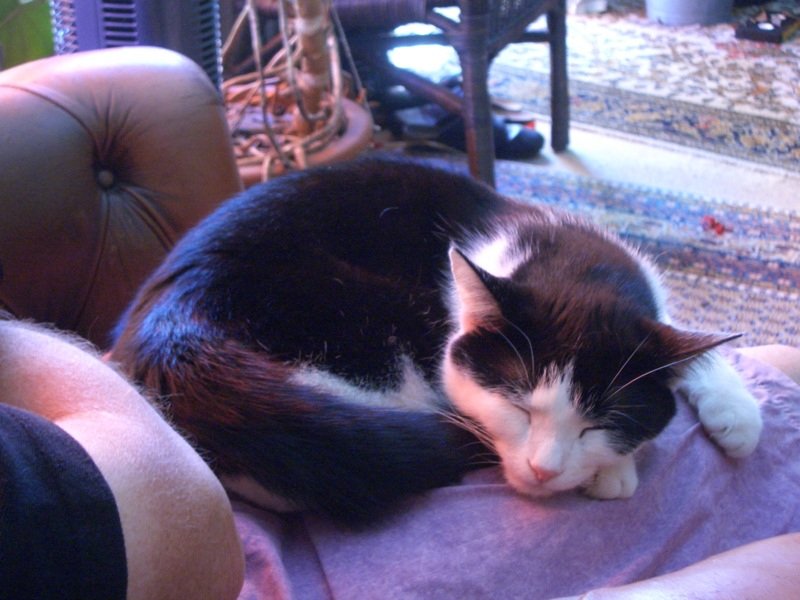
Sleep is when cats are most vulnerable, and choosing to nap on or near you is a significant gesture of trust. If your cat curls up on your lap or snuggles against you in bed, it’s a sign they feel entirely at ease and protected in your presence. They view you as a safe haven, a place where they can let their guard down entirely.
8. Displaying Their Belly
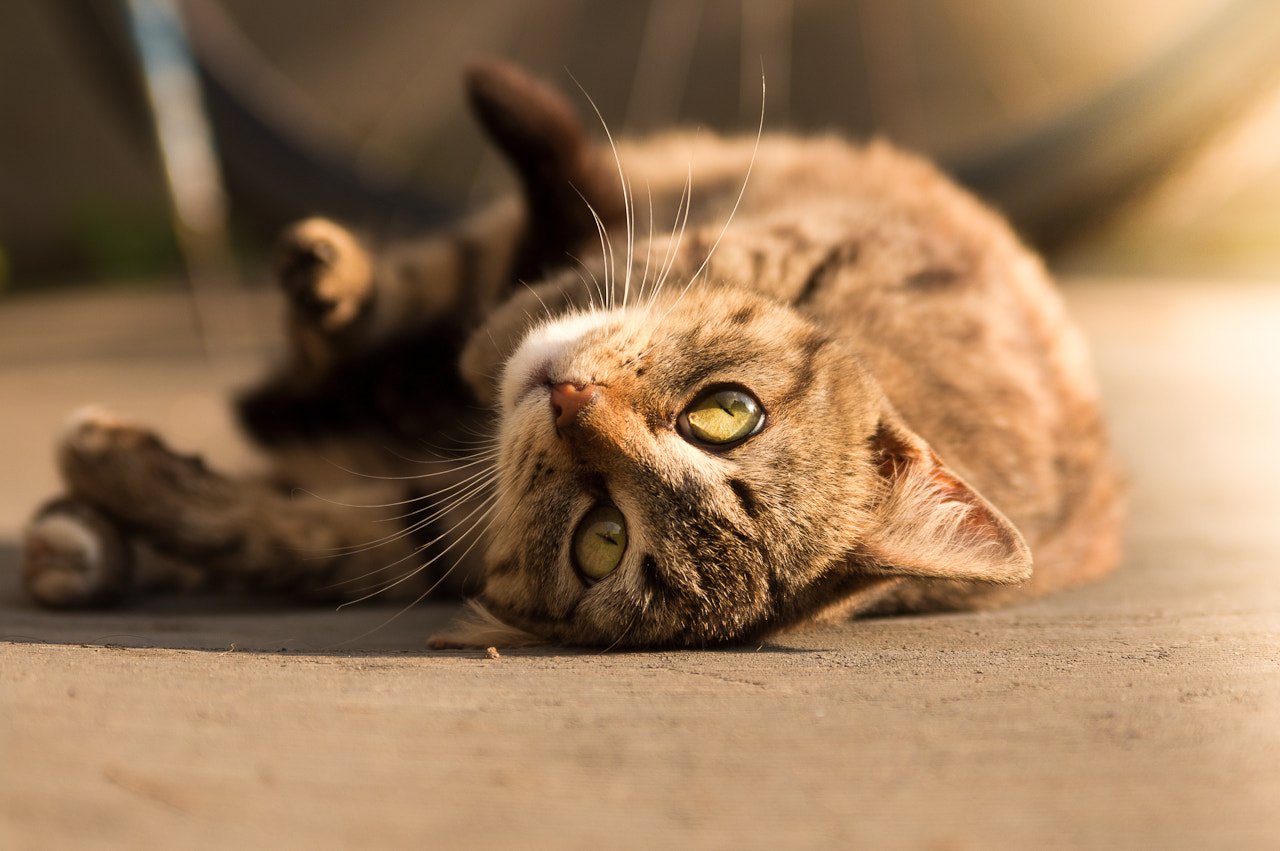
A cat’s belly is one of their most sensitive areas, and exposing it is a sign of vulnerability. If your cat rolls over and shows you their belly, it’s an enormous compliment. It indicates they trust you deeply and feel no threat. However, it’s essential to approach this gesture with care, as not all cats appreciate belly rubs.
9. Chirping and Chattering
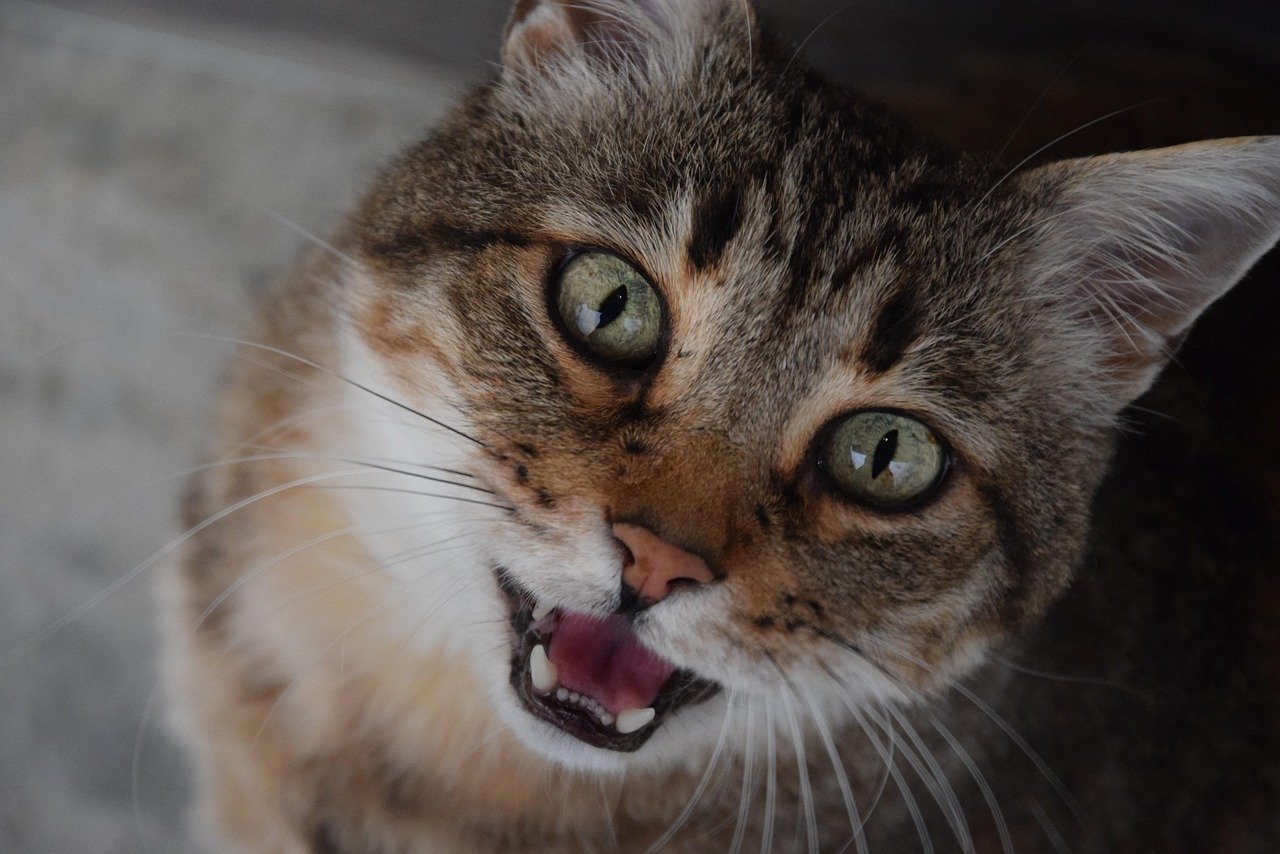
When cats see birds or other prey, they might chirp or chatter. However, if they direct these vocalizations towards you, it’s often a sign of excitement and connection. It’s as if they’re trying to engage you in conversation, sharing their world with you. This behavior showcases their desire to communicate and interact with you beyond basic needs.
10. Grooming You
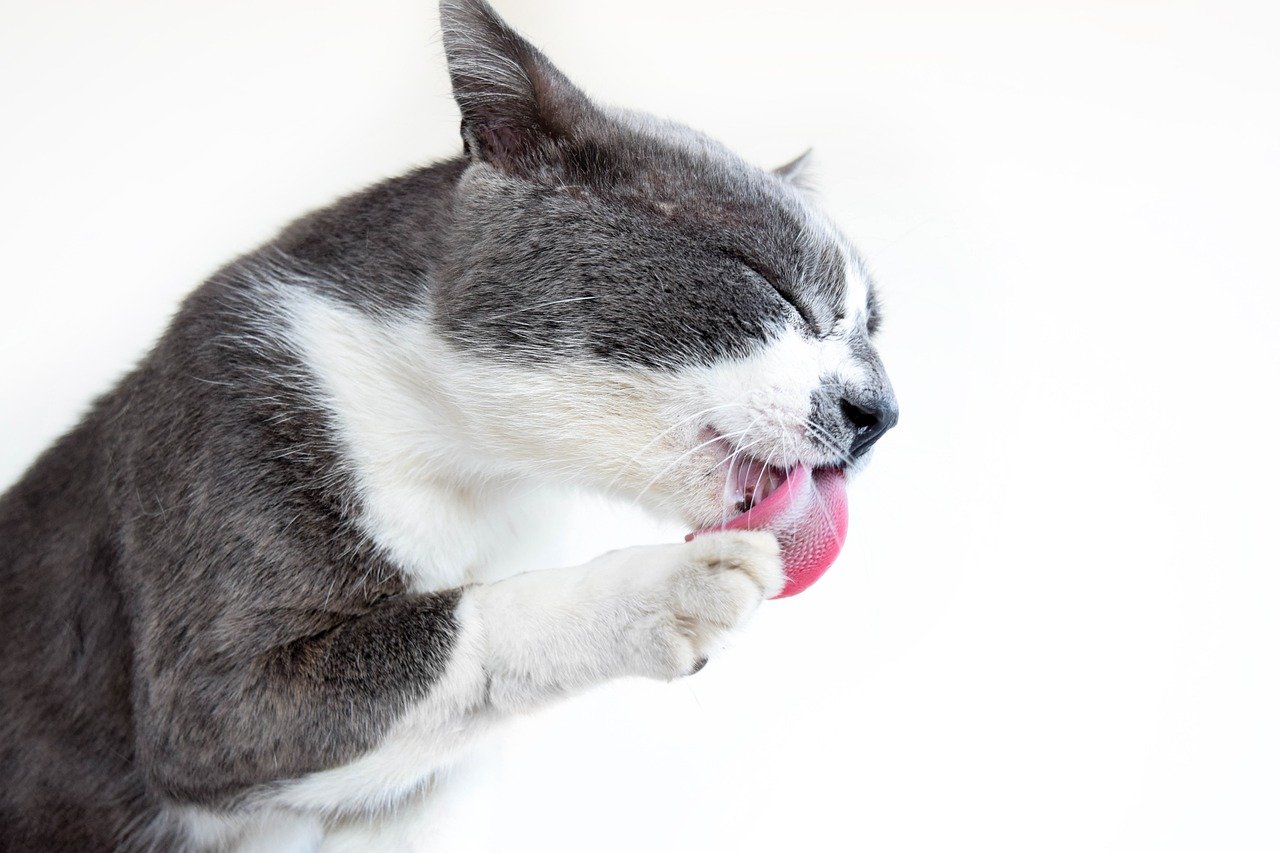
Cats are meticulous groomers, and if your feline friend starts to lick or groom you, it’s a sign of deep affection. Grooming is a social activity for cats, one that strengthens bonds within their group. By grooming you, they see you as part of their inner circle, a member of their family deserving of care and attention.
11. Tail Language
A cat’s tail can tell you a lot about their emotions. If your cat approaches you with their tail held high or with a gentle curl at the tip, it’s a sign of friendliness and affection. A twitching tail tip can also indicate excitement. Observing these subtle cues can give you insight into your cat’s feelings towards you and their level of comfort.
12. Meowing and Vocalizing
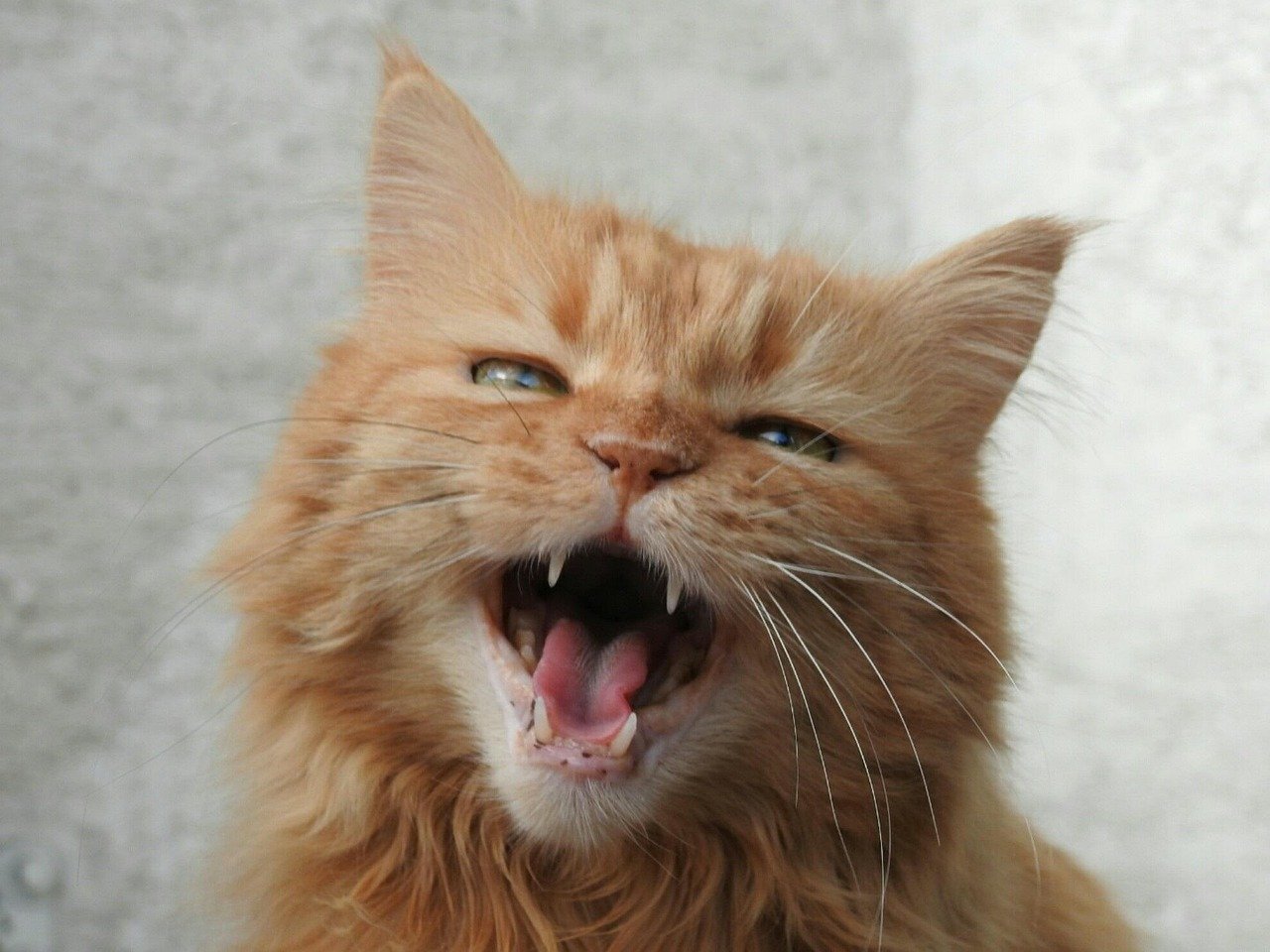
Cats don’t typically meow at other cats, reserving this form of communication primarily for humans. If your cat frequently meows or vocalizes at you, it’s their way of interacting and expressing their needs or emotions. Each cat has its own “vocabulary,” and learning to understand their specific sounds can enhance your bond. It’s their unique way of keeping the conversation going with their favorite human.
In conclusion, cats have a myriad of ways to show their affection and trust, often going unnoticed by those unfamiliar with feline behavior. By understanding these behaviors, you can foster a deeper connection with your furry friend, ensuring they feel loved and secure. Whether it’s through a gentle purr or a playful meow, these gestures are your cat’s way of saying, “I love you.”
Jen is a passionate nature lover and ocean conservationist. She has dedicated her life to protecting the environment and preserving the beauty of the natural world. Growing up in a small coastal town, Jen sincerely appreciated the ocean and its inhabitants. She has spent countless hours exploring the shoreline, learning about the creatures that inhabit the waters, and advocating for their protection. Jen is an active member of ocean conservation organizations, and she is committed to educating the public about the importance of conserving wildlife and the natural environment.





